Scientists trapped ultra-cold molecules, improving quantum computing with better stability, accuracy, and computational possibilities.
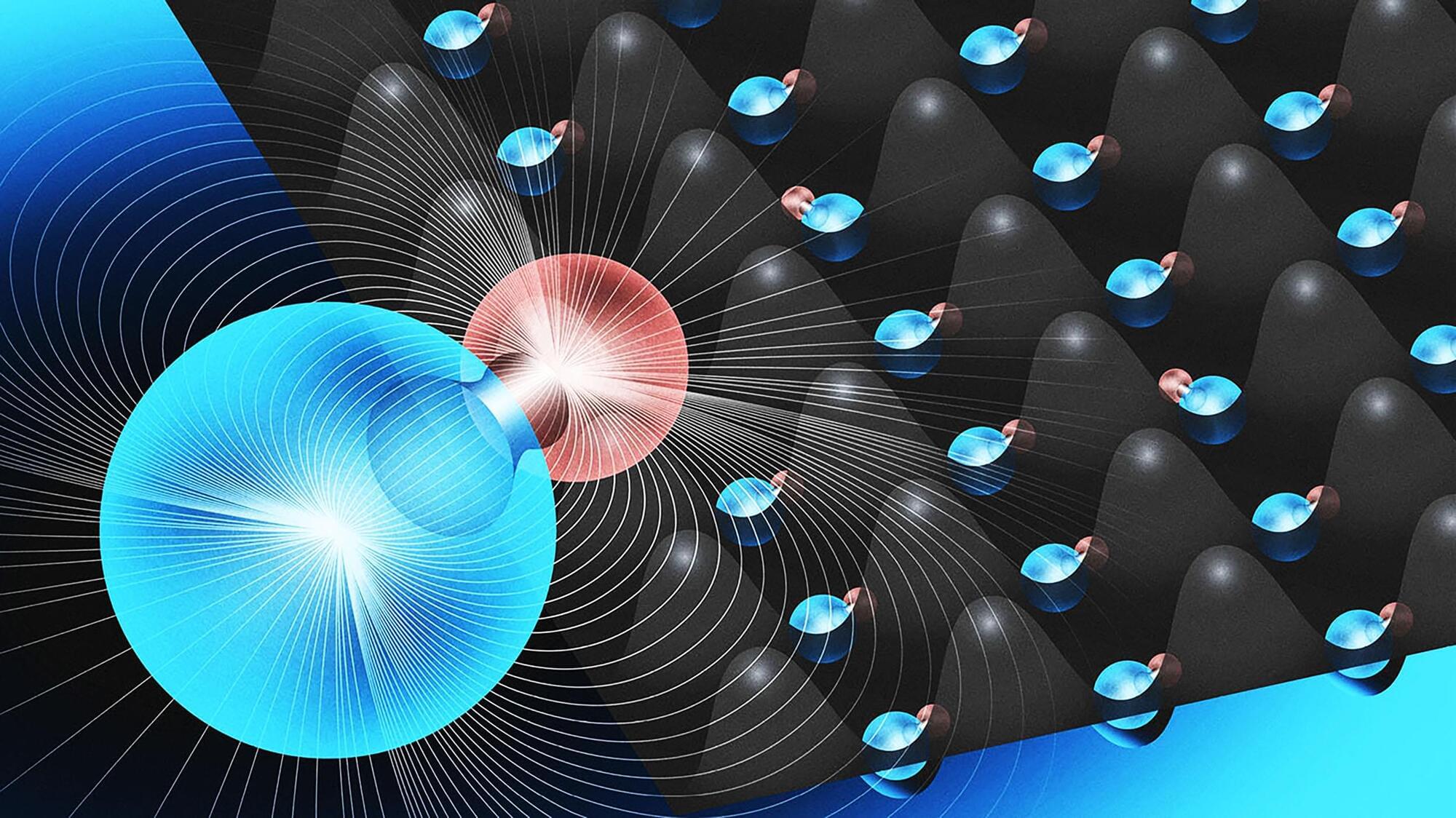

What exists at the core of a black hole? A research team led by Enrico Rinaldi, a physicist at the University of Michigan, has leveraged quantum computing and machine learning to analyze the quantum state of a matrix model, providing new insights into the nature of black holes.
The study builds on the holographic principle, which suggests that the fundamental theories of particle physics and gravity are mathematically equivalent, despite being formulated in different dimensions.
Two prevailing theories describe black holes from different dimensional perspectives. In one framework, gravity operates within the three-dimensional geometry of the black hole. In contrast, particle physics is confined to the two-dimensional surface, resembling a flat disk. This duality highlights a key distinction between the two models while reinforcing their interconnected nature.
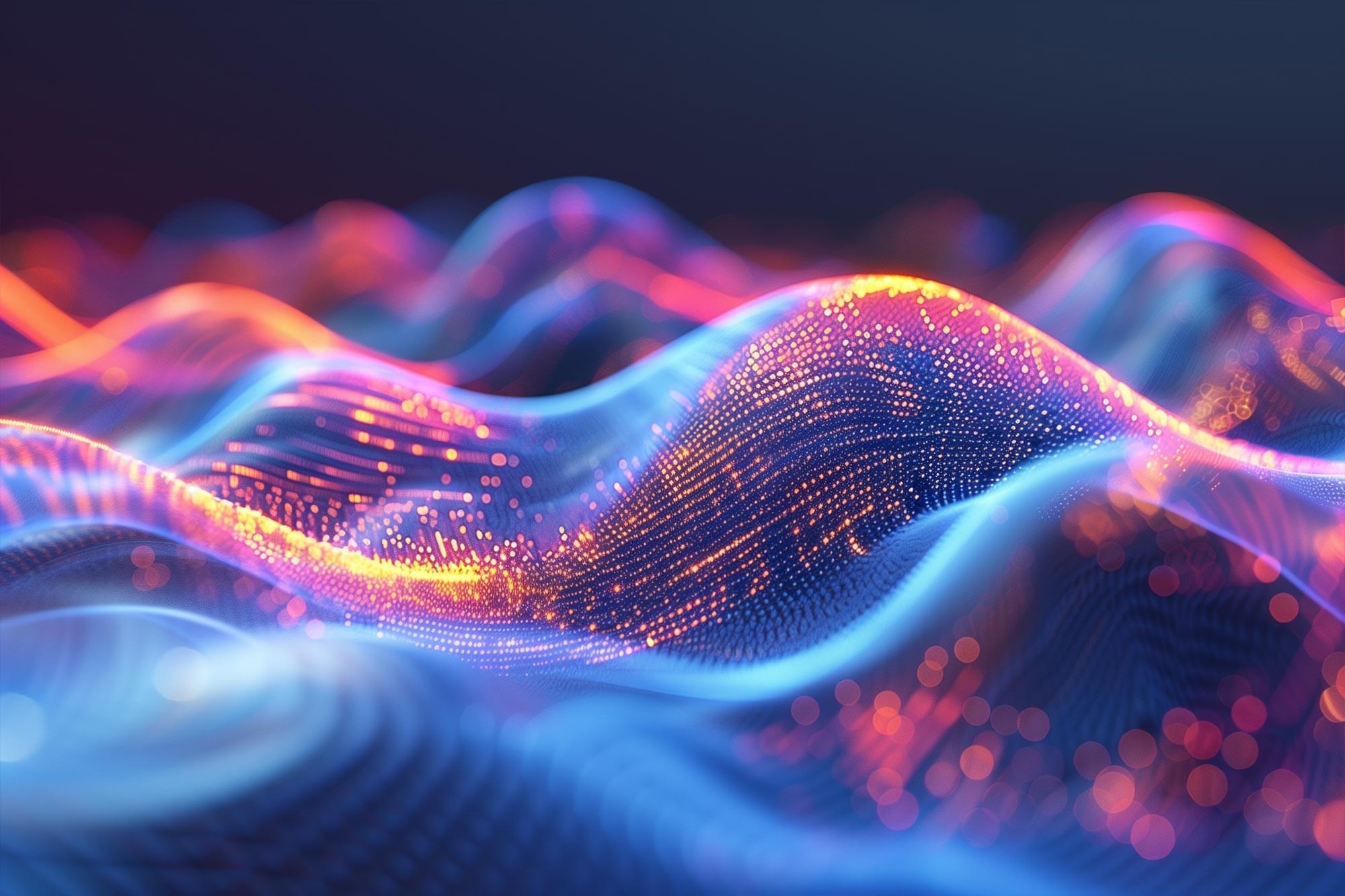
MIT physicists, in collaboration with colleagues, have measured the geometry—or shape—of electrons in solids at the quantum level for the first time. GOOD. Ask the MIT physicists: 1. What is the physical reality of quantum physics? 2. How is your quantum level defined? 3. What is the spacetime background of your quantum level?
What one researcher see or touch about an elephant will be different, and what different researchers see or touch will be even more different. It is a scientific phenomenon, not the essence of nature. Scientific research guided by correct theories can enable researchers to think more.
According to the Topological Vortex Theory (TVT), spins create everything, spins shape the world. There are substantial distinctions between Topological Vortex Theory (TVT) and traditional physical theories. Grounded in the inviscid and absolutely incompressible spaces, TVT introduces the concept of topological phase transitions and employs topological principles to elucidate the formation and evolution of matter in the universe, as well as the impact of interactions between topological vortices and anti-vortices on spacetime dynamics and thermodynamics.
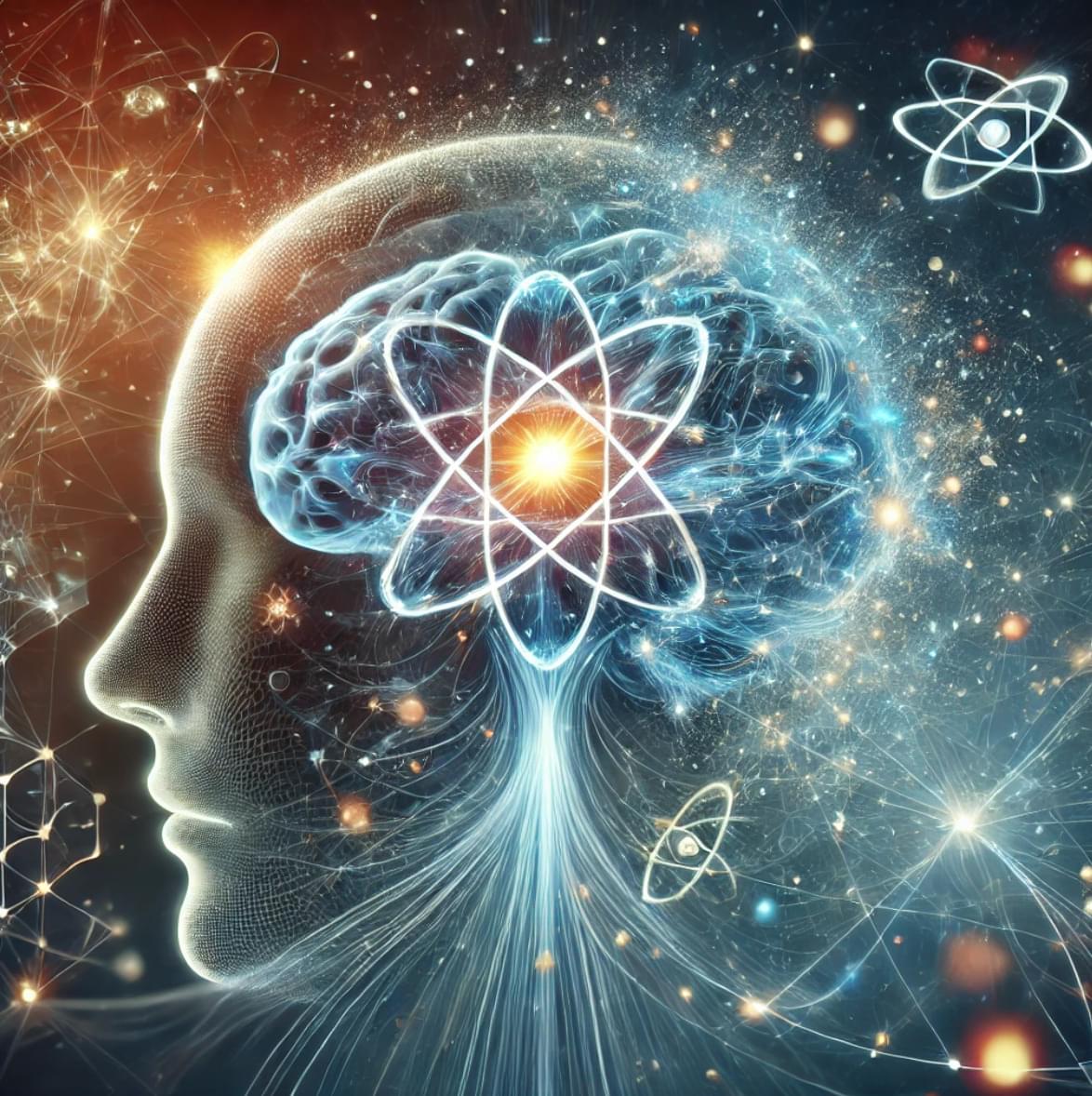

Quantum computers have the potential of outperforming classical computers on some optimization and computational tasks. Compared to classical systems, however, quantum systems are more prone to errors, as they are more sensitive to noise and prone to so-called decoherence.
Decoherence is a process via which a quantum system loses its quantum properties due to interactions with its surrounding environment, causing a loss of quantum information and errors. This loss of coherence can be caused by a range of external disturbances, including material defects, temperature fluctuations and electromagnetic fields.
In recent years, physicists and engineers worldwide have been trying to devise effective methods to reduce decoherence and thus improve the reliability of quantum computers. The sources of decoherence in solid-state systems include so-called two-level systems (TLSs), which are a class of material defects that arise from the random switching between two energy states, which can disrupt the stability of qubits.
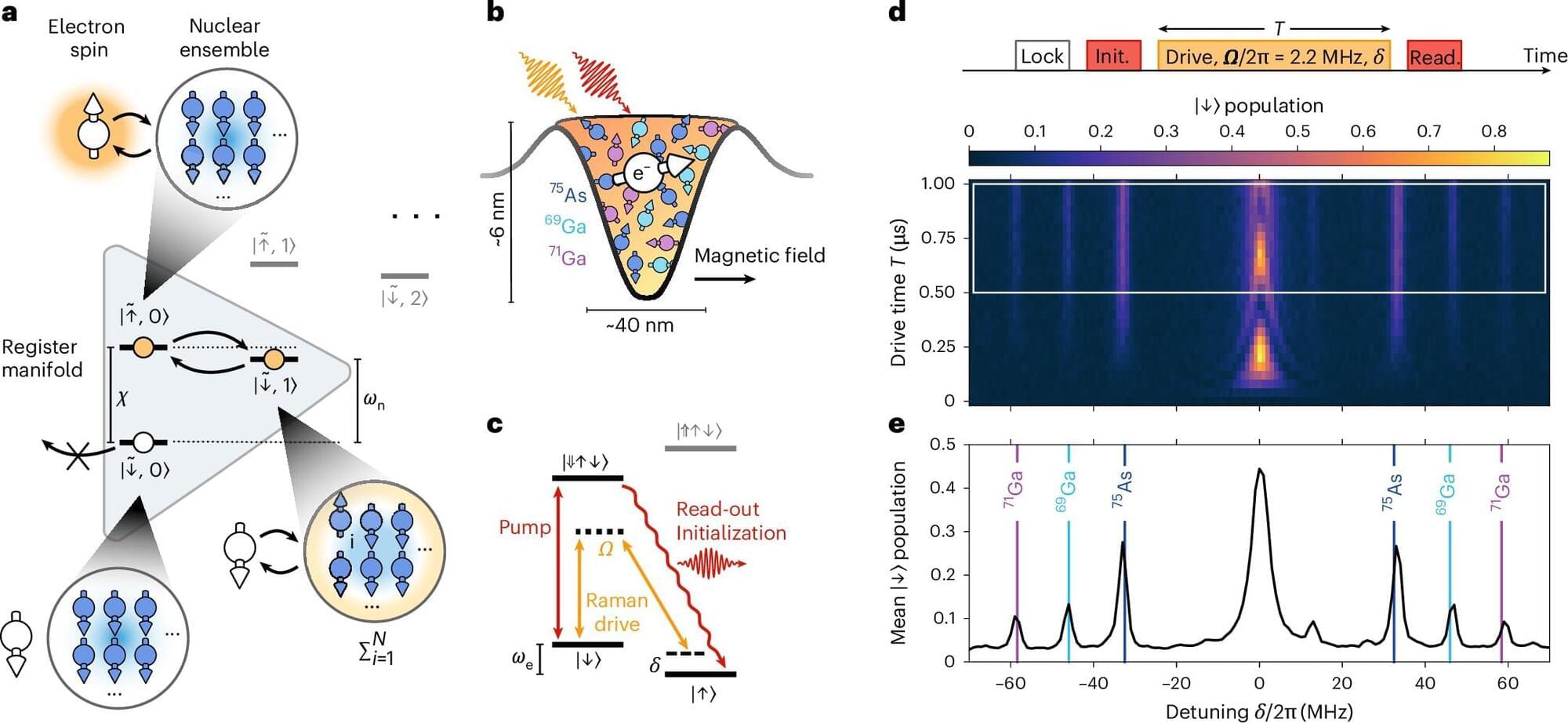
In an advance for quantum technologies, researchers at the Cavendish Laboratory, University of Cambridge, have created a functional quantum register using the atoms inside a semiconductor quantum dot.
Published in Nature Physics, the work demonstrates the introduction of a new type of optically connected qubits—a critical advance in the development of quantum networks, where stable, scalable, and versatile quantum nodes are essential.
Quantum dots are nanoscale objects with unique optical and electronic properties that come from quantum mechanical effects. These systems are already used in technologies like display screens and medical imaging, and their adoption in quantum communication has been mostly due to their ability to operate as bright single-photon sources.
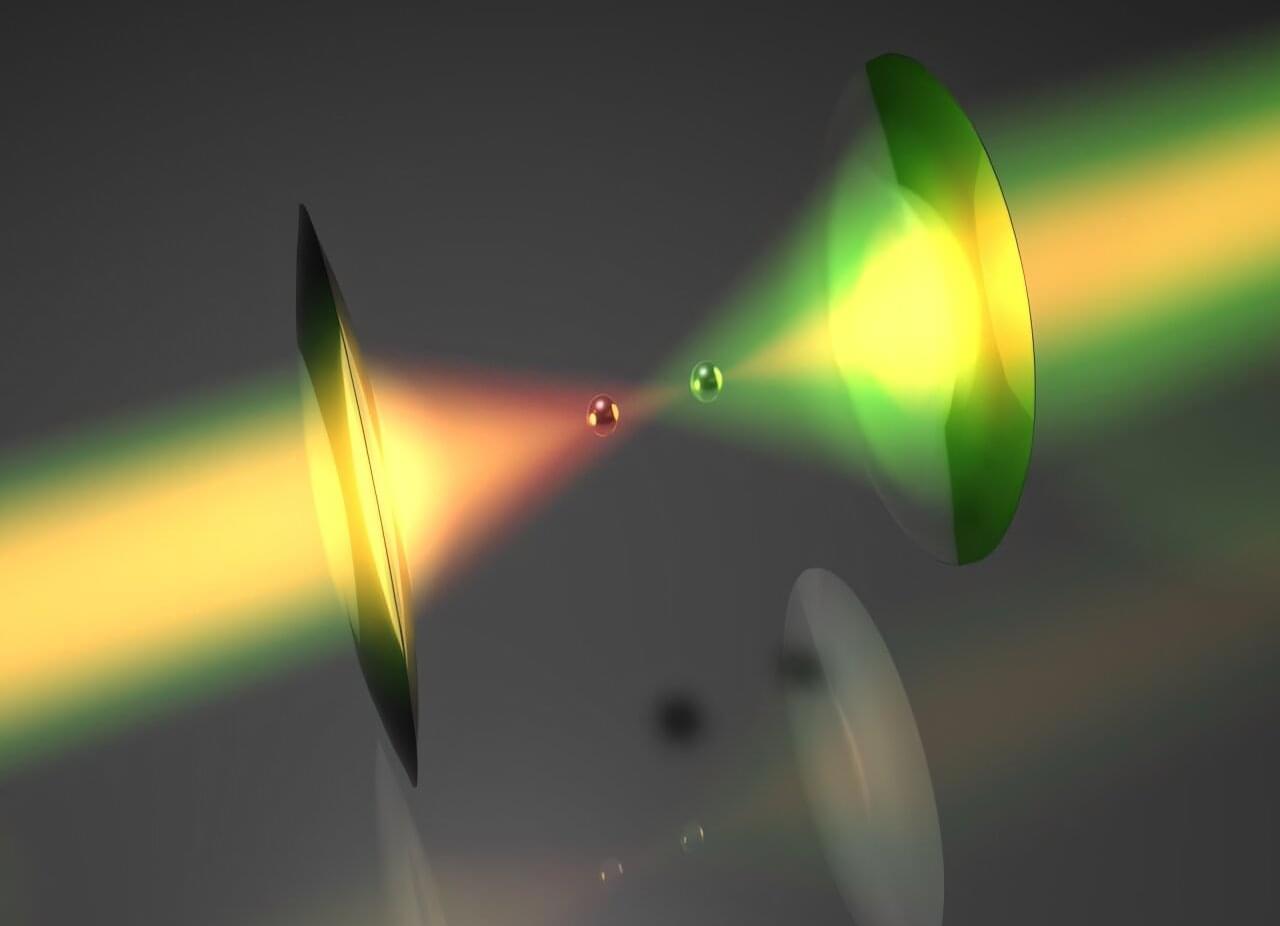
An article published in the journal Optica describes the development of a new experimental device that explores the boundary between classical and quantum physics, allowing the simultaneous observation and investigation of phenomena from both worlds.
The instrument was developed in Florence and is the result of collaboration within the extended partnership of the National Quantum Science and Technology Institute (NQSTI), involving the Department of Physics and Astronomy at the University of Florence, the National Institute of Optics of the National Research Council (CNR-INO), as well as the European Laboratory for Nonlinear Spectroscopy (LENS) and the Florence branch of the National Institute for Nuclear Physics (INFN).
It is well known that the study of matter, as we progress to increasingly smaller scales, shows radically different behaviors from those observed at the macroscopic scale: this is where quantum physics comes into play, helping to understand the properties of matter in the world of the infinitely small. While these phenomena have been studied separately until now, the instrument developed by CNR-INO researchers allows for the experimental exploration of matter’s behavior from both perspectives.
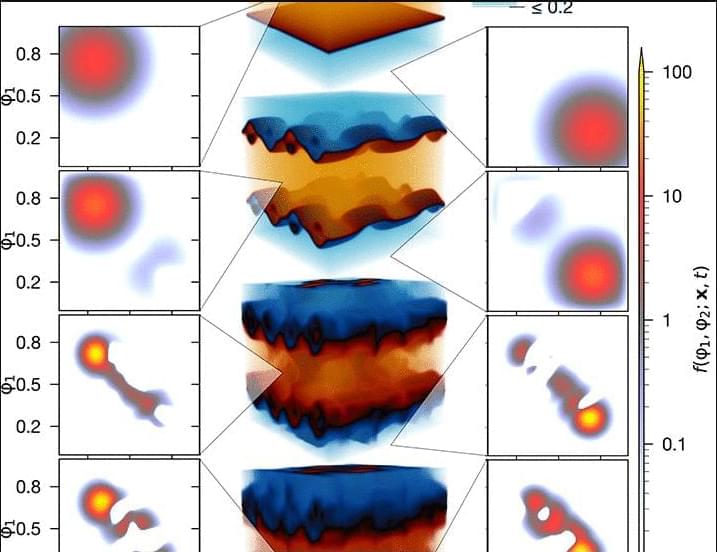
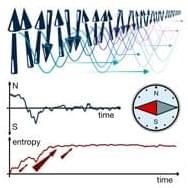
To store ever more data in electronic devices of the same size, the manufacturing processes for these devices need to be studied in greater detail. By investigating new approaches to making digital memory at the atomic scale, researchers engaged in a public-private partnership are aiming to address the endless demand for denser data storage.
One such effort has focused on developing the ideal manufacturing process for a type of digital memory known as 3D NAND flash memory, which stacks data vertically to increase storage density.
The narrow, deep holes required for this type of memory can be etched twice as fast with the right plasma and other key ingredients, according to a study published in the Journal of Vacuum Science & Technology A.
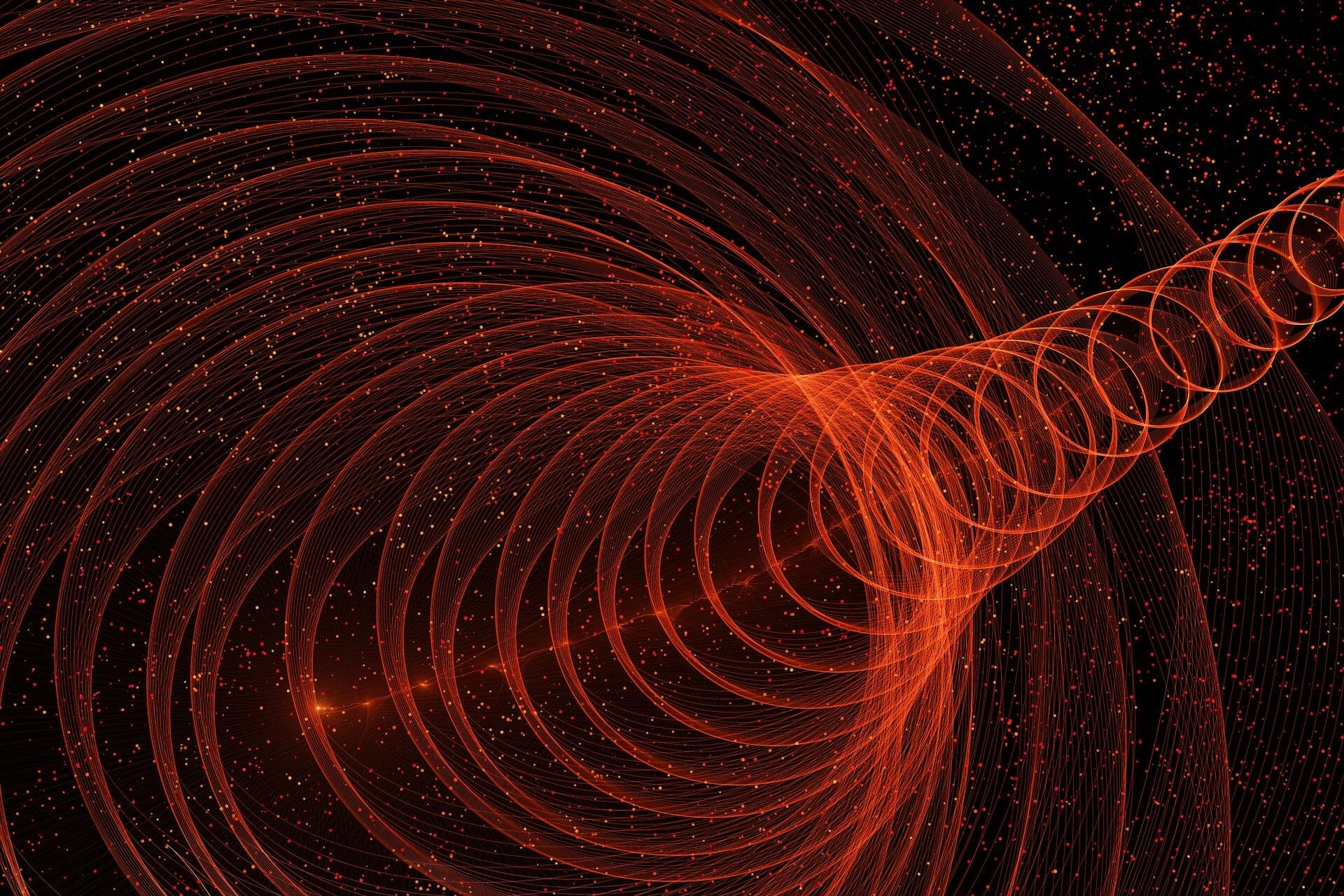
It is one of the most important laws of nature that we know: The famous second law of thermodynamics says that the world gets more and more disordered when random chance is at play. Or, to put it more precisely: that entropy must increase in every closed system.
Ordered structures lose their order, regular ice crystals turn into water, porcelain vases are broken up into shards. At first glance, however, quantum physics does not really seem to adhere to this rule: Mathematically speaking, entropy in quantum systems always remains the same.
A research team at TU Wien has now taken a closer look at this apparent contradiction and has been able to show that it depends on what kind of entropy you look at. If you define the concept of entropy in a way that is compatible with the basic ideas of quantum physics, then there is no longer any contradiction between quantum physics and thermodynamics.